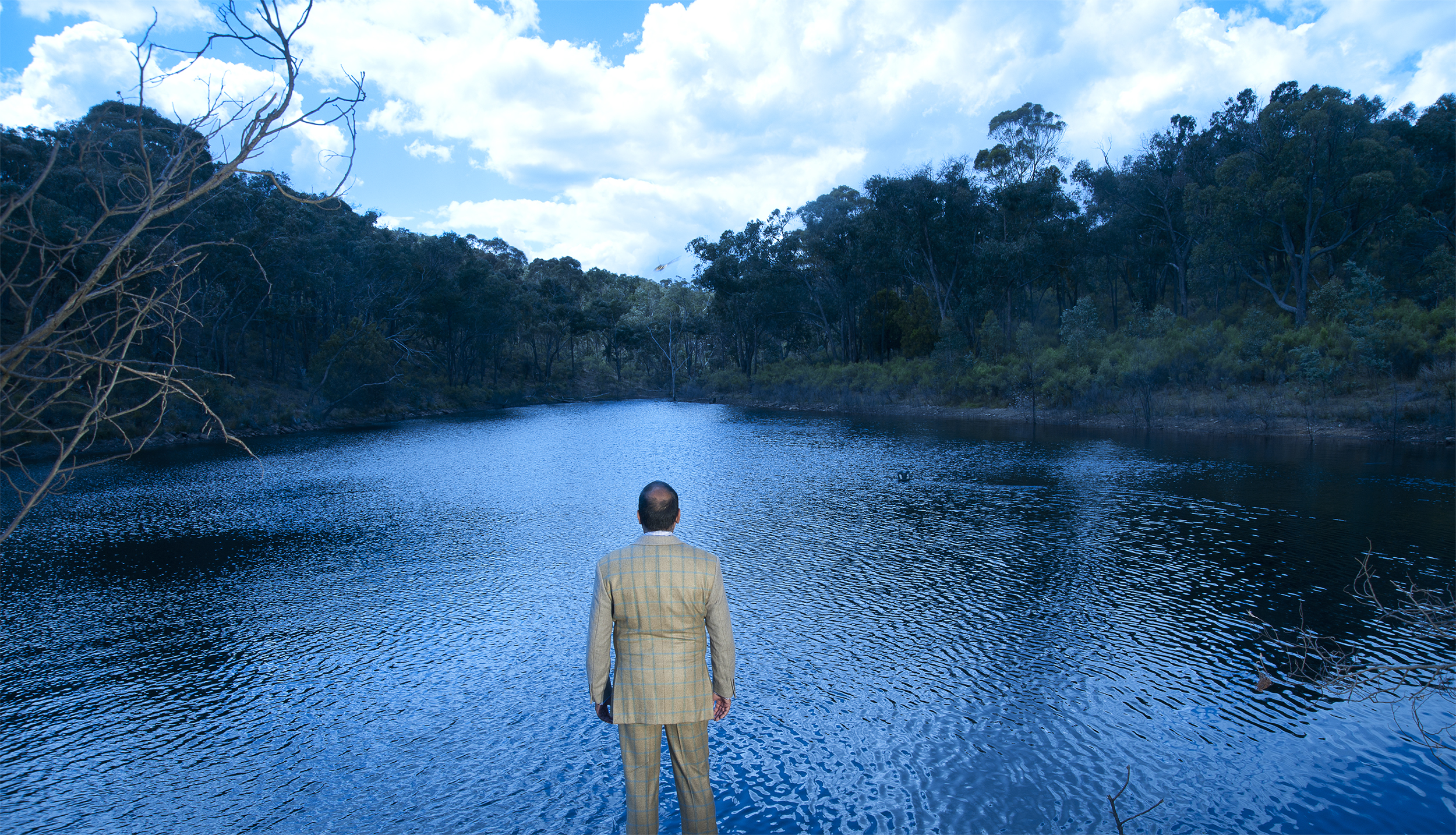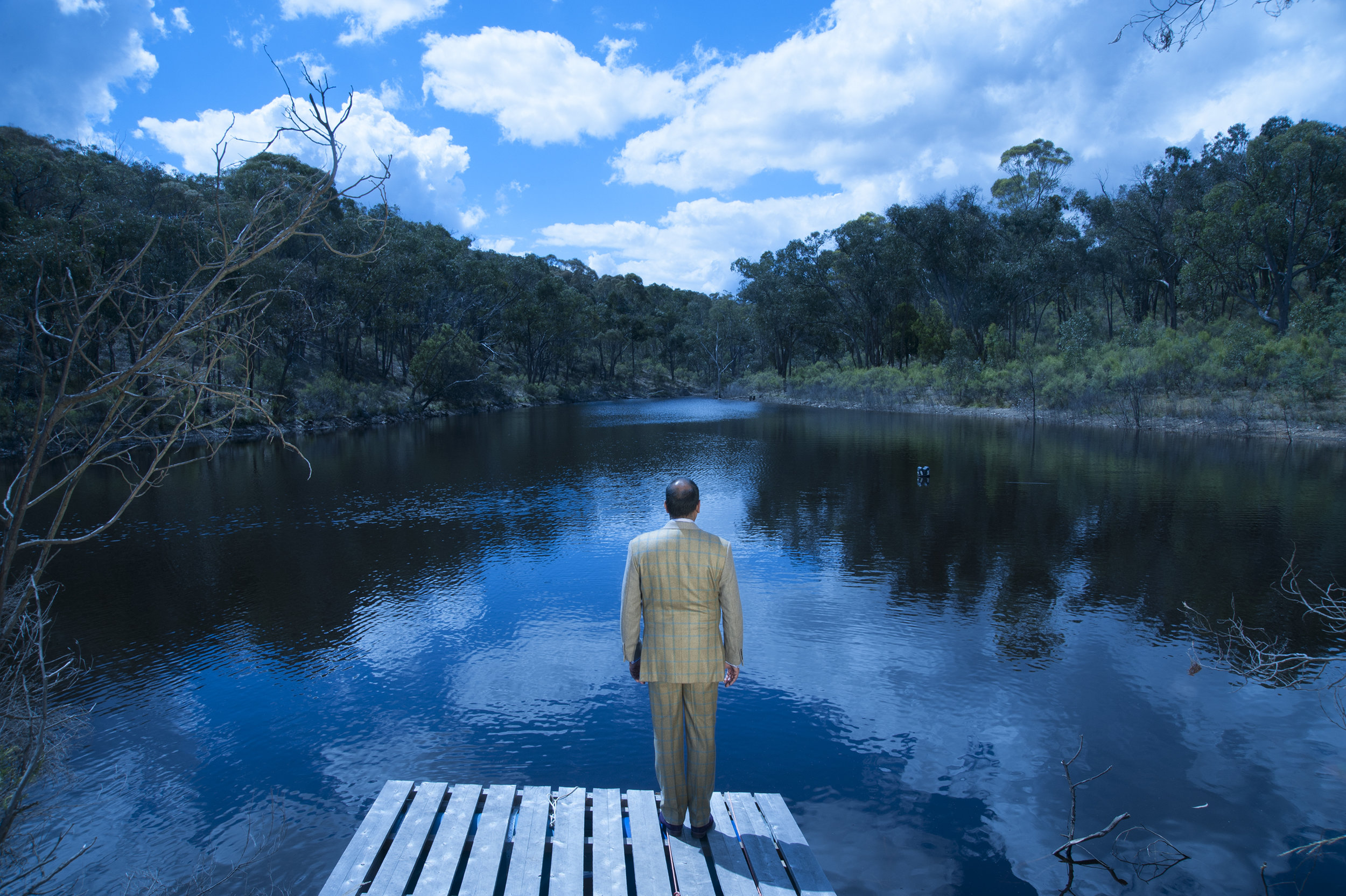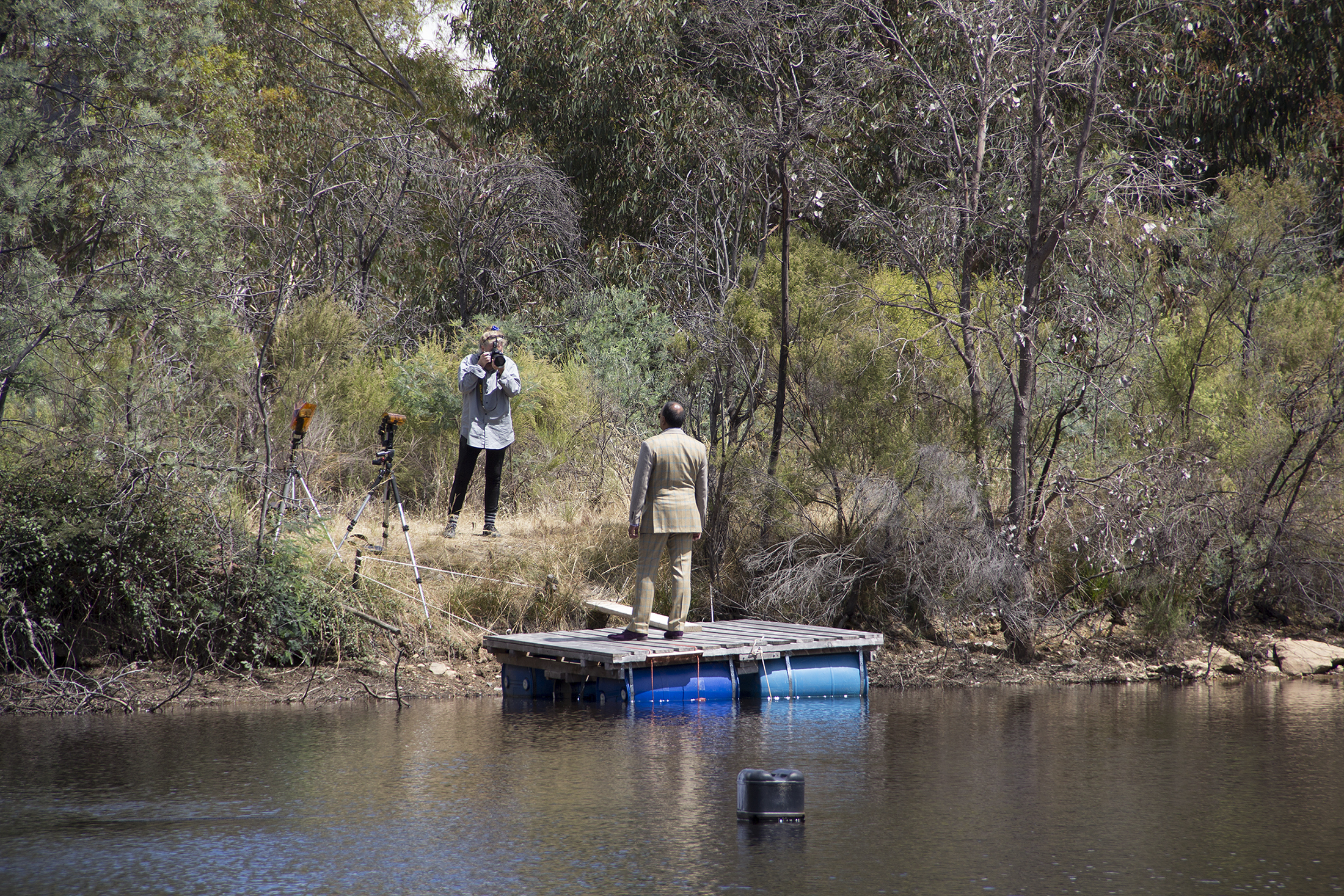P.O.S.H. (2013)
“Can the river [or the sea/water] dissolve your identity? Just standing near it? Just standing near by and watching it? ... Confused? Lost? Larger expanses of water are like deserts. No landmarks, no differences to distinguish here from there. If you don’t know where you are can you know who you are? Just tumult everywhere, endlessly. Tumult modulating into another tumult all over and without end. The change is so constant, so pervasive, so relentless that identity, place, scale, all measures lessen, weaken, eventually disappear. The more time you spend around this water, the more faint your memories of measure become. I wander in my thoughts. I go places. Water is lubricant to other places. Water is lubricant to other places. It dilutes gravity when you’re in it. It reduces friction when you are around it. Almost any form of water; rivers, lakes, oceans, even sinks will do. My mind roams freely, breezily near it. My mind takes me backward and forward. Time has no direction near water. Water is lubricant to other places; it catalyzes memory and aspiration. Time has no direction near water” (Horn 2001).
For this research, I developed a photographic artwork titled P.O.S.H. (2013), which engaged with my relationship to water. I took a range of images during the photographic shoot, eventually selecting a wide view of the landscape with a figure standing on the edge of the picture frame looking out to the landscape.
However, what became essential in the final image was the water itself, as a shimmering space, almost unreal in its physicality. I cropped the image removing any sense of location so the space becomes an indeterminate field.
The image of the shimmering water seems to resemble the image of white noise on a television screen. I liked this idea that the image could be either shimmering water or white noise from a technological device, as both images seem to uncannily allude to a space for contemplation. The figure is central in the space of the picture frame looking at the water. I printed the image as an elongated panorama to convey a sense of vastness of space. As such, the water could be located anywhere and is rendered universal. Ironically, it was actually shot in central Victoria, in the middle of a drought. My intention was to achieve a sense of theatrical light in the photograph, as if it were removed from reality.
The title P.O.S.H. (2013) refers to the idea of class and status. Posh is a colloquial word used to distinguish a person from a high class. The word was derived from sea travel, where the privileged class could select the best part of the ship for their seaward journey: Port / Outward / Starboard / Homeward. The Anglo Indian is conscious of class structure, which was so important to the British as a way to distinguish difference and superiority. Anglo Indians aspired to be part of this structure, but knew they did not belong or would never be accepted at the rank they desired—posh-ness. They desired all the privileges associated with this higher rank, perhaps because initially, Anglo Indian children, born of English officer ranks, were given all the privileges English children would have received back in England. Their sense of later insecurity perhaps based on their indeterminate and shifting social classification.
The artwork P.O.S.H. (2013) raises many questions. What is this Indian man dressed in a woolen country style, English suit doing here in central Victoria in the heat of summer? His attire is unsuitable for this landscape, suggesting he does not belong in this setting. His place feels historical, not present, as if he has somehow been transported into a future state for which he has not prepared. What is he looking at or into? Is he thinking about his past, his present state or his future? (Whatever that is?) Is he thinking about life or death? His presence in the photograph is very formal. What is he preparing for or is he simply giving in to the beautiful shimmering surface of the water, and like Kimsooja and Horn note, becoming indistinguishable from the water?
What becomes articulated in the artwork is the ambivalent, contradictory circumstances and a ‘doubleness’, of belonging and not belonging, a state the Anglo Indian internalises, regardless of where he is located in the world. This process of miscognition within the context of identification, or specifically his own sense of identity, creates a state of constant uncertainty and therefore, perpetual deferral for the Anglo Indian. He cannot decide where he belongs in the world because historically this decision has been made for him, by the British and by Indians. He has no choice but to stare into the indeterminate space of water, as a way of claiming his sense of a physical, psychological and social territory and identity.
![D’Costa, R 2013, P.O.S.H. (Edition of 3), [inkjet photographic print on Hahnemühle FineArt Pearl paper 285 gsm; 148 cm x 60 cm (framed)].](https://images.squarespace-cdn.com/content/v1/58f9c6fdbe6594f1c342a25c/1498645050031-X0DCXOHH1TMGHCERVL19/_JUL0242+copy.jpg)











